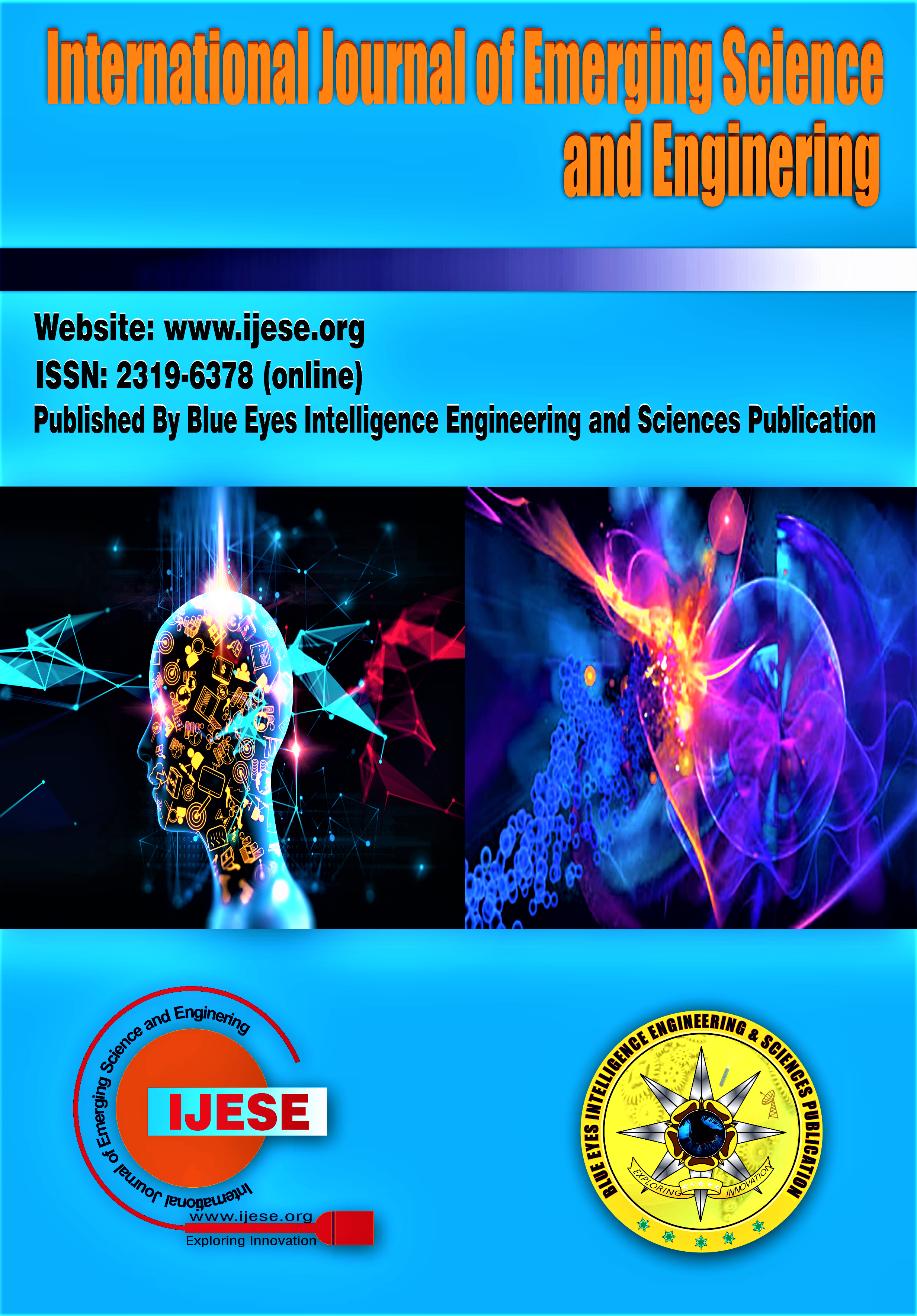Multimodal Biometrics for Human Identification using Artificial Intelligence
Main Article Content
Abstract
Multimodal biometric systems combine multiple biometric modalities to enhance the accuracy and security of human identification. Instead of relying on a single biometric trait (such as fingerprint or face), these systems use a combination of different biometric characteristics to provide a more robust and reliable identification process. The key idea behind multimodal biometrics is that the fusion of diverse biometric data can overcome the limitations of individual modalities, resulting in higher accuracy and lower error rates.
Downloads
Article Details
Section

This work is licensed under a Creative Commons Attribution-NonCommercial-NoDerivatives 4.0 International License.
How to Cite
References
X. Chen, Z. Jing and G. Xiao, ”Nonlinear fusion for face recognition using fuzzy integral”, Communications in Nonlinear Science and Numerical Simulation, vol. 12, no. 5, 2007, pp. 823–831. https://doi.org/10.1016/j.cnsns.2005.07.005
M. Liu, X. Jiang and A. C. Kot, ”Efficient fingerprint search based on database clustering”, Pattern Recognition, vol. 40, no.6, 2007, pp. 1793-1803. https://doi.org/10.1016/j.patcog.2006.11.007
W. Xiong, K. A. Toh, W. Y. Yau and X. Jiang, ”Model-guided deformable hand shape recognition without positioning aids”, Pattern Recognition, vol. 38, no. 10, 2005, pp. 1651–1664. https://doi.org/10.1016/j.patcog.2004.07.008
W. W. Boles, ”A security system based on human iris identification using wavelet transform”, Engineering Applications of Artificial Intelligence, vol. 11, no. 1, 1998, pp. 77–85. https://doi.org/10.1016/S0952-1976(98)80006-7
D. A. van Leeuwen, A. F. Martin, M. A. Przybocki and J. S. Bouten, ”NIST and NFI- TNO evaluations of automatic speaker recognition”, Computer Speech & Language, vol. 20, no. 2-3, 2006, pp. 128-158. https://doi.org/10.1016/j.csl.2005.07.001
E. Yu and S. Cho, ”Keystroke dynamics identity verification – its problems and practical solutions”, Computers & Security, vol. 23, no. 5, 2004, pp. 428–440. https://doi.org/10.1016/j.cose.2004.02.004
L. Nanni, ”An advanced multi-matcher method for on-line signature verification featuring global features and tokenised random numbers”, Neurocomputing, vol. 69, no. 16–18, 2006, pp. 2402–2406. https://doi.org/10.1016/j.neucom.2006.02.009
R. Zhang, C. Vogler and D. Metaxas, ”Human gait recognition at sagittal plane”, Image and Vision Computing, vol. 25, no. 3, 2007, pp. 321–330. https://doi.org/10.1541/ieejeiss.126.1524
S. Ma, T. Zanma and M. Ishida, ”Abstraction and implementation of human skill by hybrid dynamical system theory - application to an automatic driving system -”, IEEJ Transactions on Electronics, Information and Systems, Vol. 126-C, No. 12, 2006, pp. 1524-1530. https://doi.org/10.1002/tee.20077
S. Ma, T. Zanma and M. Ishida, ”Automatic Driving System Using Identification of Switched Systems with Unknown Switch Points”, IEEJ Transactions on Electrical and Electronic Engineering, Vol. 1, No. 4, 2006, pp. 426-437.
J. Roll, A. Bemporad and L. Ljung, ”Identification of piecewise affine system via mixed-integer programming”, Automatica, vol. 40, no. 1, 2004.
Malshetty*, G., & Mathapati, Dr. B. (2019). WSN Clustering Based on EECI (Energy Efficient Clustering using Interconnection) Method. In International Journal of Innovative Technology and Exploring Engineering (Vol. 9, Issue 1, pp. 3564–3571). https://doi.org/10.35940/ijitee.a3799.119119
Maheswari, Dr. K. (2019). Finding Best Possible Number of Clusters using K-Means Algorithm. In International Journal of Engineering and Advanced Technology (Vol. 9, Issue 1s4, pp. 533–538). https://doi.org/10.35940/ijeat.a1119.1291s419
B*, B. (2020). DHCFL: Dual Head Clustering Based On Fuzzy Logic for Wireless Sensor Networks. In International Journal of Recent Technology and Engineering (IJRTE) (Vol. 8, Issue 5, pp. 1049–1054). https://doi.org/10.35940/ijrte.e6279.018520
Alhassan, B. G., Yusof, F. B., & Norrulashikin, S. M. (2020). Assimilation of Principal Component Analysis and Wavelet with Kernel Support Vector Regression for Medium-Term Financial Time Series Forecasting. In International Journal of Management and Humanities (Vol. 4, Issue 7, pp. 40–48). https://doi.org/10.35940/ijmh.g0667.034720





